Where’s the beef? Hermès announced an expected price hike much larger than past increases and virtually no one complained. After years of 2-4% annual increases, 2023 will see that number more than double to 5-10%. Reality dictates we should brace ourselves for the upper limit. In that case, a $10,000 bag today will cost $11,000 next year. Still, no real backlash. Yet.
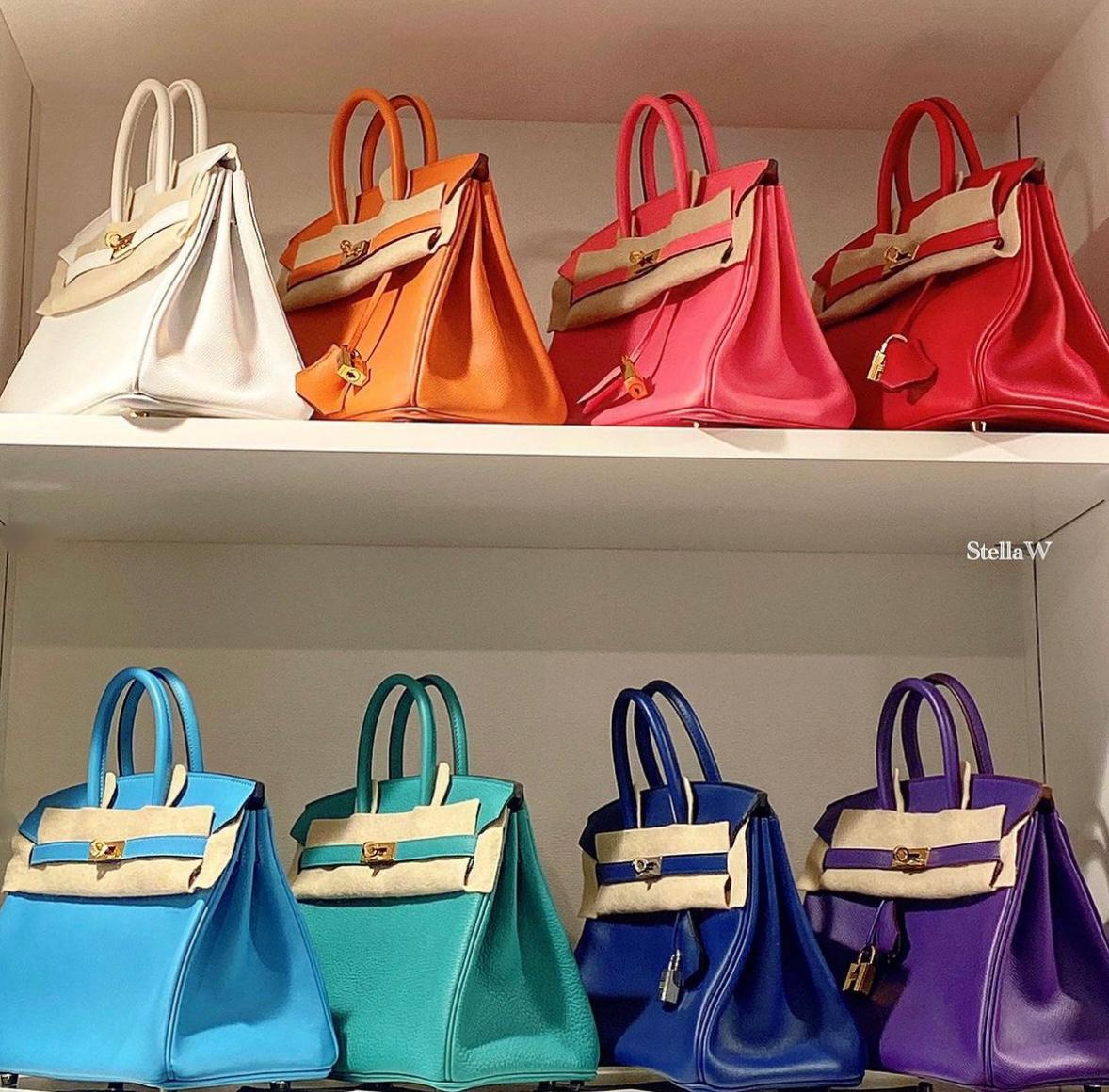
Image Credit: @stellaw2021
On October 20, Hermès announced its 2022 Q3 and first nine months financial results. At the time, Eric Du Halgouet, Hermès’ executive vice president of finance, told Reuters of the expected extent of price hikes in 2023: 5-10%, as compared to the 2-4% of prior years, or, more than double. In doing so, he pointed to rising costs and changes in currency valuations.
Since then social media has been all atwitter and abuzz (puns intended). Repeated news articles discuss and analyze Hermès’ stellar Q3 financial results despite international economic difficulties, supply chain issues, and COVID. And, of course, IG, YouTube and TikTok are full of fashionistas advising us to buy our Birkins now, before the price goes up. As if it were (ever) that easy.
But, contrast this reaction (or lack thereof) with the furor and rage when Chanel spiked prices of its classic flap bag. From “I’m done with Chanel,” or “the quality isn’t worth it,” to “who does Chanel think it is?” There was outrage all around. Granted, the increases since 2019 were large and repeated, resulting in a 34% change in bag cost. Doing it during the height of a global pandemic, moreover, made the move seem more unsavory. However, even in earlier years, Chanel price hikes routinely were met with immediate criticism, even if it didn’t ultimately affect sales.
So, why are we accepting of a big jump in Hermès price tags and not Chanel? To some extent, perhaps we’re inured to inflationary pressures and the supply issues that grew during the height of the pandemic.
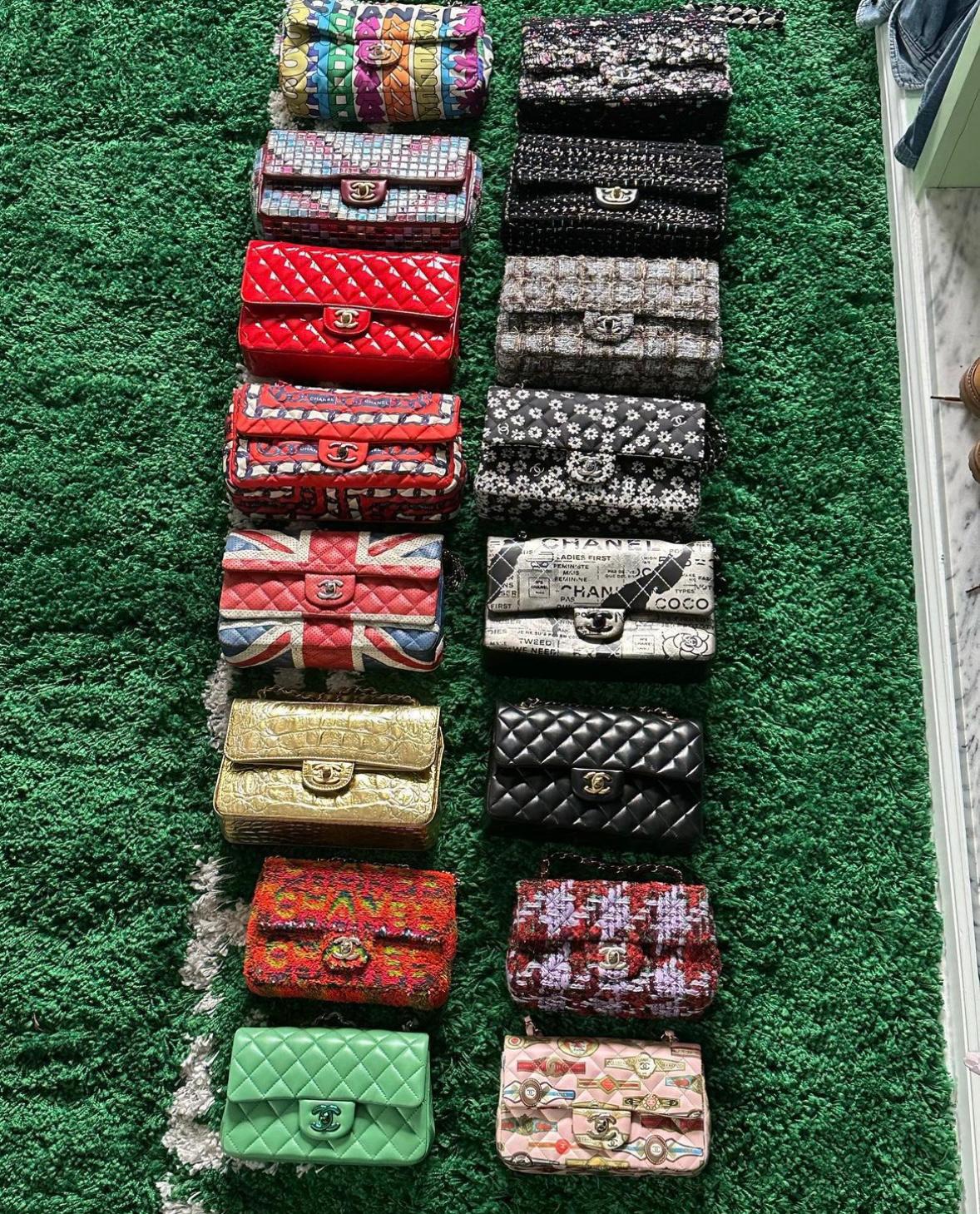
Image Credit: @lorihirshleifer
However, we suggest there’s something else: brand perception and position. Despite both Hermès and Chanel being top luxury lines there is no question as to which name is on top, particularly when it comes to handbags. This is true no matter which brand’s designs and fashions you prefer.
Practically synonymous with the ultimate in luxe goods, Hermès is what other purveyors aspire to be. Earning the tag “The Hermès of [something]” means you are the crème de la crème. And that moniker gets bestowed to goods worlds away from purses, like ice cream, cars, and wine.
History
Looking at the heritage of Hermès and Chanel illustrates the disparity in their beginnings. As the stories go, Hermès’ roots are purely equestrian. Put another way, from its inception it catered to the sport and pastime primarily of the wealthy, emphasizing craftsmanship and quality. The brand was built on artisanship, not personality.
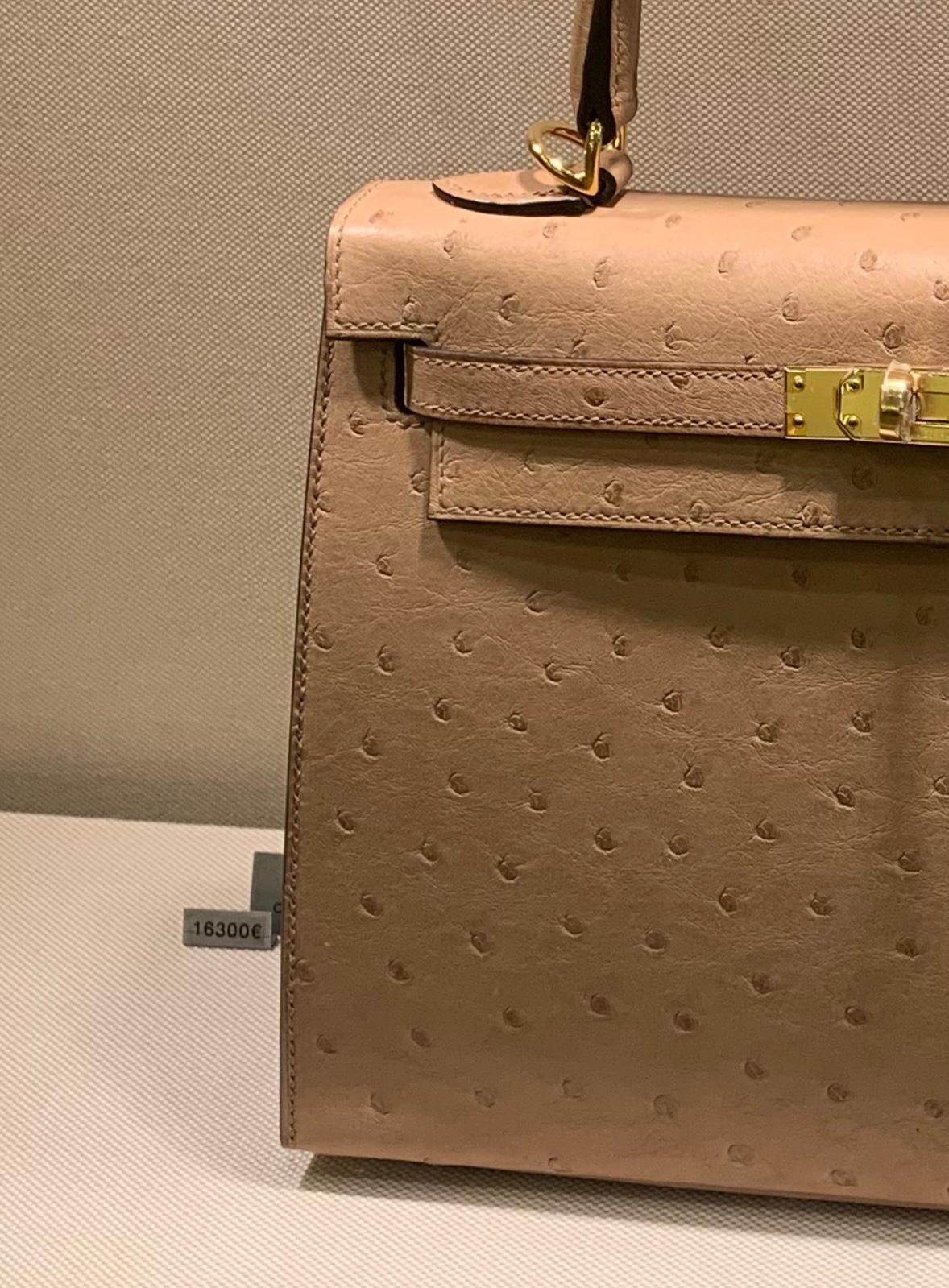
Chanel the brand, on the other hand, is born from fashion, as a hat shop nearly 70 years after Hermès opened. Over the decades, it worked its way to top-tier luxury and an inspiration for a new mode of dress for women. The original Coco herself became an icon, followed by her successor Karl Lagerfeld, under whom the brand flourished further. Coco and Karl were as much a part of the brand as the designs. Perhaps not surprisingly then, their personal lives, dalliances, and affiliations became part of the story (at least before major corporate control), not always in a positive light. To this day, rarely is Coco mentioned without reference to her possible Nazi-sympathizing (if not more).
The point is that Hermès’ goal was to sell quality goods to meet a need. Chanel, on the other hand, was creating fashion. And fashion, as they say, is fleeting. Quality is not.
Status
Apparently, it’s harder to knock someone off the highest perch than you might think. Sure, there’s always a target on Hermès’ proverbial back that another brand will come along to be the holy grail – like upsetting the number one seed in a tournament. But for all the brands that have come and gone over the decades (dare we say centuries), it hasn’t yet happened to Hermès.
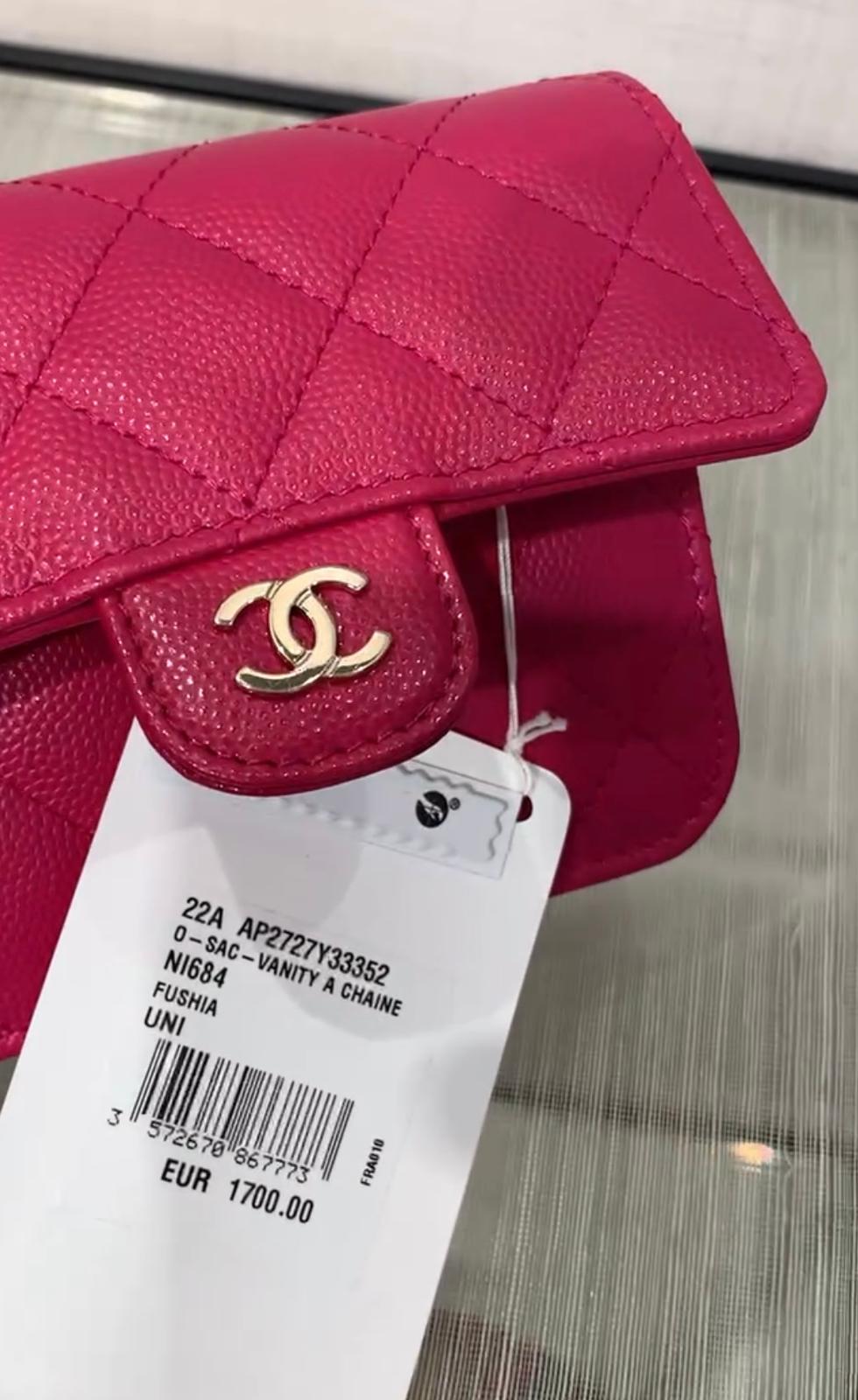
Indeed, brands that try are sometimes labeled as “aspiring to be like Hermès.” That is the situation in which Chanel often finds itself. Most recently, last year amid its exponential price hikes and limited bag availability, one oft-heard complaint from consumers was that Chanel was trying to be like Hermès. As we wrote last year,
And if it sounds familiar, let’s just say one sales associate confided that Chanel is leaning into the sales model followed by “another French brand.”
Read: Chanel Price Increase for Classic Flaps on November 3rd
It’s doubtful that Chanel desires to be considered a “copycat” in terms of its strategy, but there is that perception in the market. Essentially, Chanel seems to concede the pinnacle to Hermès and is playing catch up. Or… aspiring to Hermès’ level.
Expectation
And then there is how you prepare your customer, as to expectations. Chanel seemingly operates under a cover of darkness, bumping prices and changing procedures with little (if any) warning. As a privately-held company, it is under no obligation to provide financial data. However, often with the quarterly release of other companies comes some indication of where a brand is heading.
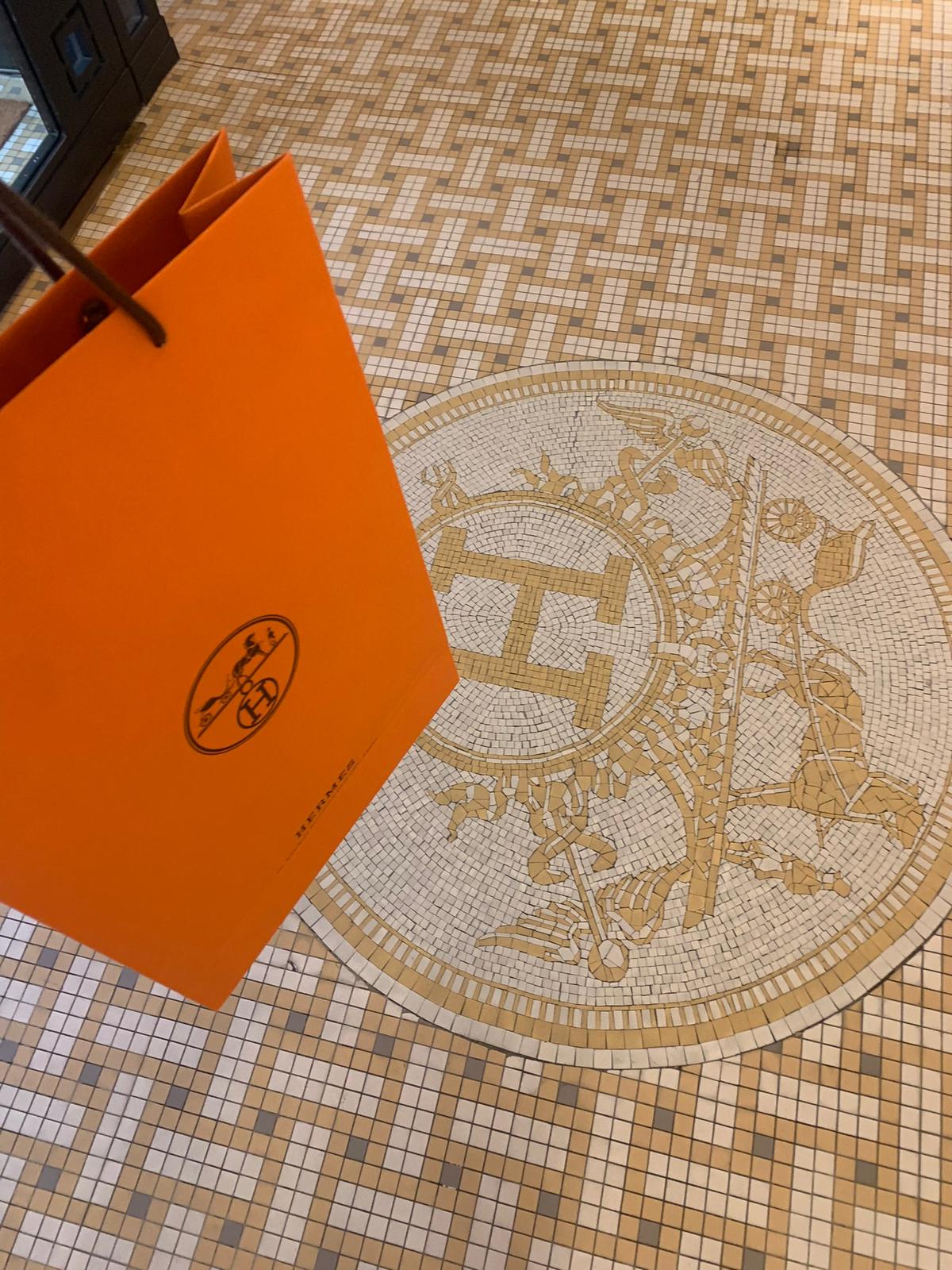
That’s not to say that Hermès is an open book as to its pricing strategy or, perhaps more importantly, access to its Birkins and Kellys. It is far from that, as anyone who desires those bags knows well. Nevertheless, for years (if not decades), Hermès’ annual price increases of 2-4% are expected. Shoppers may not know precisely when they will take effect, but Q1 is the general time period. For 2023, now we are all on notice.
Supply
We are back to simple economics: higher supply, lower prices. When a product is easier to get, buyers are less willing to spend more (unless it’s essential). Such is the present case for Chanel as compared to Hermès.
Simply, it is harder to get a Birkin or Kelly than it is to get a Chanel flap bag. This remains true despite Chanel’s effort to restrict bag availability. And we suspect that on an annual basis, even with new policies, Chanel still produces more bags than Hermès.
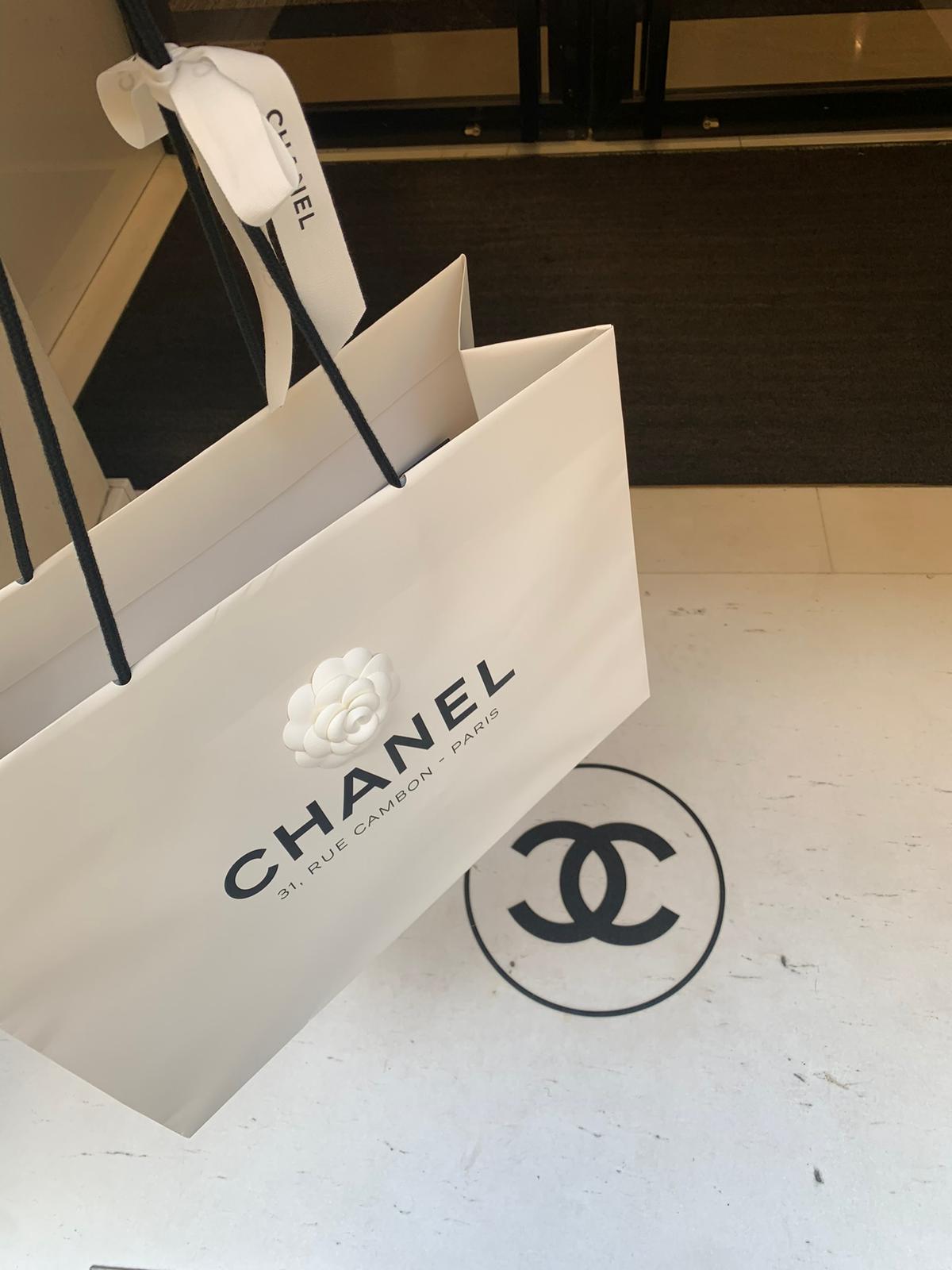
Moreover, given that this is a relatively new approach for the brand, there are more Chanel flap bags in the world than there are Hermès quota bags – both at boutiques and at resellers. Now, depending how Chanel moves forward, this could change, but for now, buyers of Chanel flaps may be more sensitive to ever-increasing price hikes.
Hermès bags though are as difficult to obtain as ever, if not more so at the moment. On top of that, unlike Chanel and Louis Vuitton, Hermès did not jack up price tags in the height of the COVID emergency. Certainly, a measure of goodwill came from that; maybe even an entitlement to a bigger price hike.
Truthfully, over the last several years, prices for Birkins and Kellys at the boutiques have barely changed. Buyers of those items won’t notice an extra couple of hundred dollars, already able and willing to spend a five figure sum.
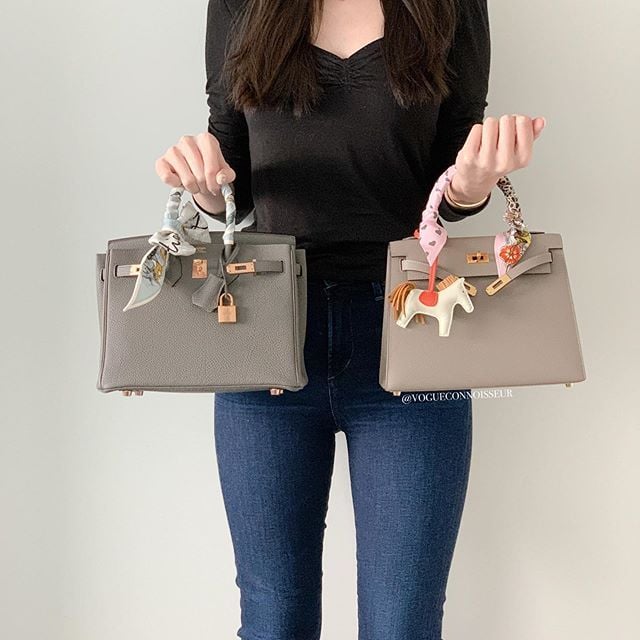
Image Credit: @vogueconnoisseur
In addition, Hermès quota bags retain value better than Chanel bags upon resale. By many accounts, those seeking to rehome Birkins and Kellys not only recoup what they paid, but for some bags (depending upon many factors), earn much more. Chanel flaps are sought after commodities in resale, but rarely does the owner get more than the original price.
Relatedly, some long-time Hermès collectors have privately wished for price hikes. For starters, they are unlikely to be affected by a 10% increase in new prices. The perceived benefit, however, would be higher valuation of the bags already in their closet (or vault).
The above provides a lot of food for thought – or bags to ponder – but the bottom line is which bag(s) do folks covet more? And in the PurseBop community, there’s no question: it’s Hermès Birkins and Kellys.
Read Related Articles:
Report Says Handbags are Best Investment in 2023. What Does that Really Mean?
Chanel Bags Funded Actress Christina Ricci’s Divorce
Serendipitous Hermès Reveal: From Paris to NYC
Hermès Prices Will Be Rising Even While Revenues Soar
Chanel Prices Just Increased in Korea- Are We Next?
The Birkin Premium Goes to Zero
Love, PurseBop
XO
Updated: December 7th, 2022

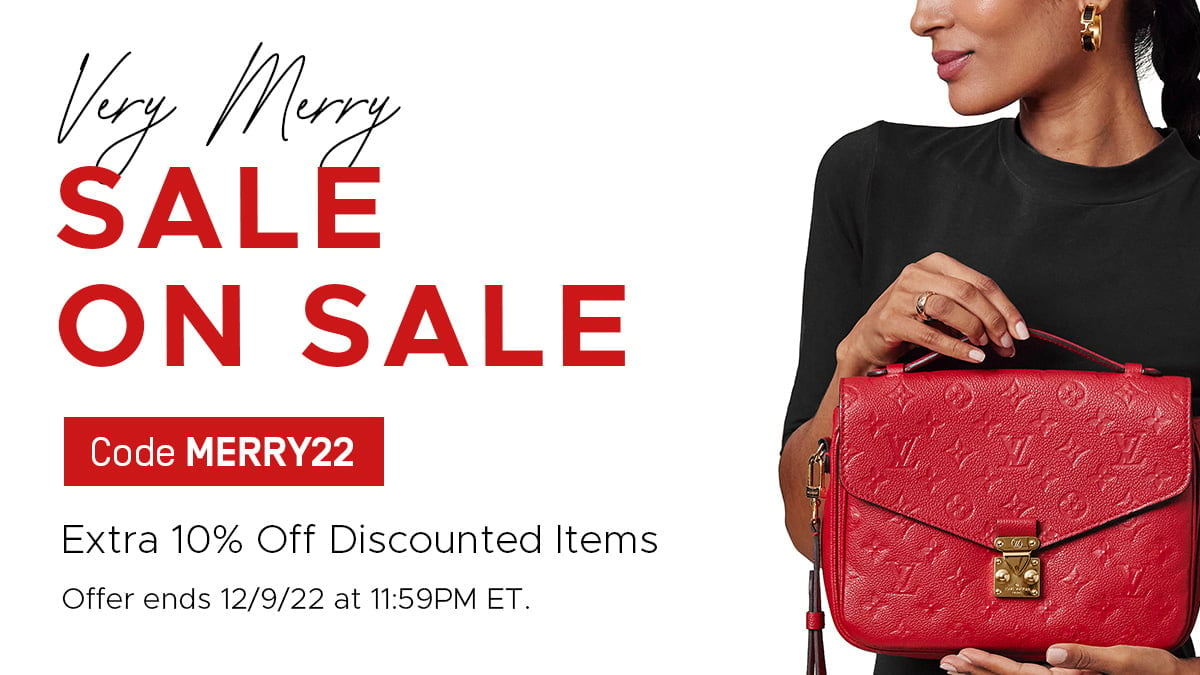


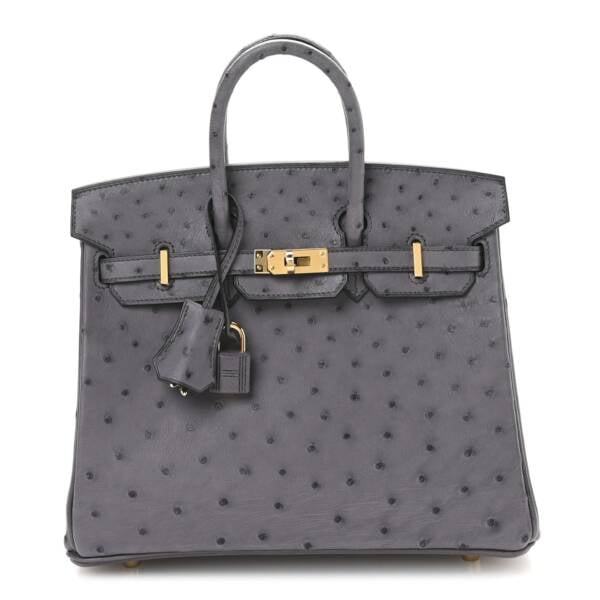
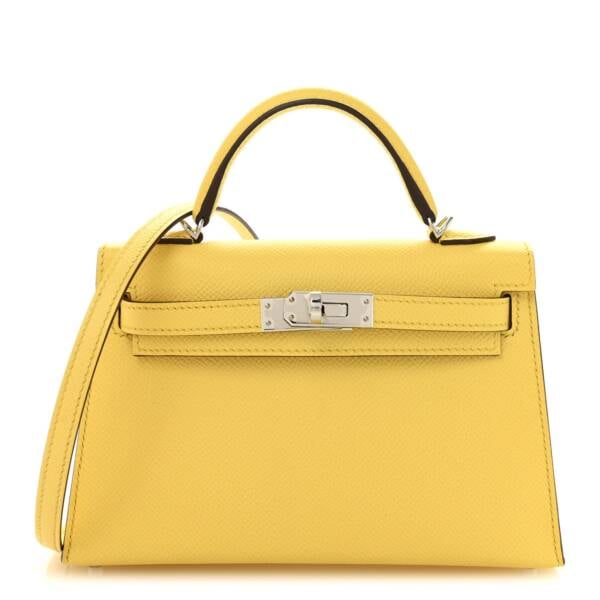
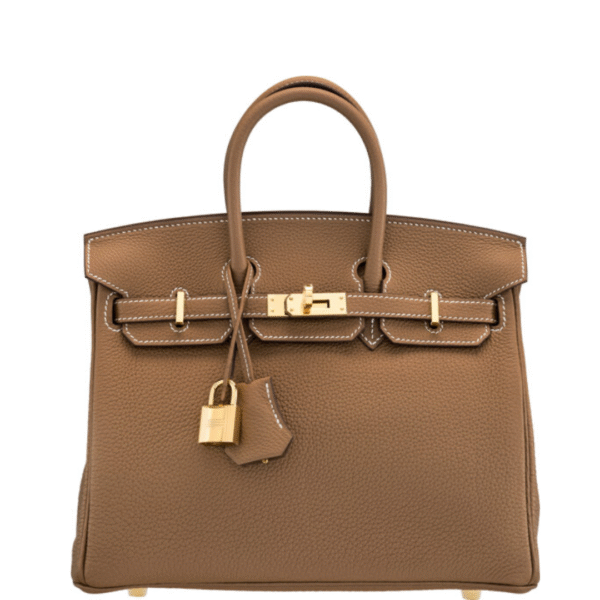
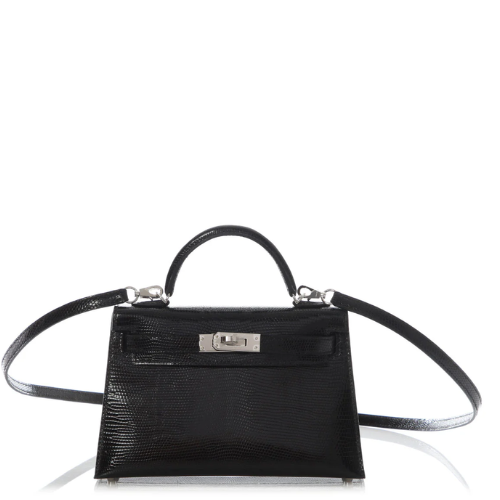
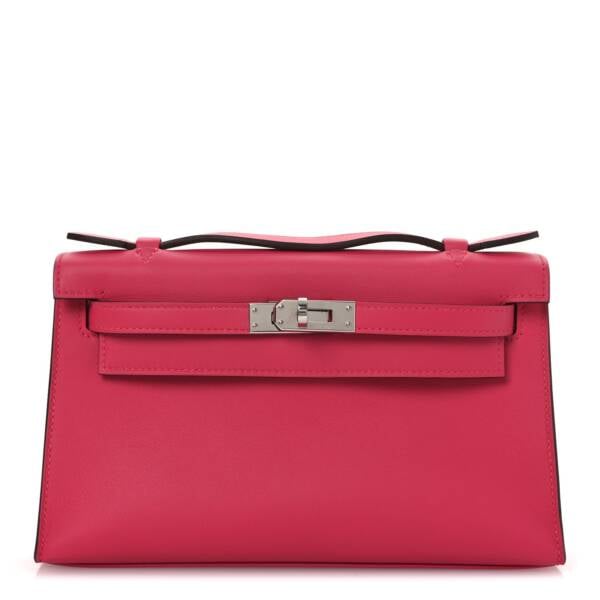
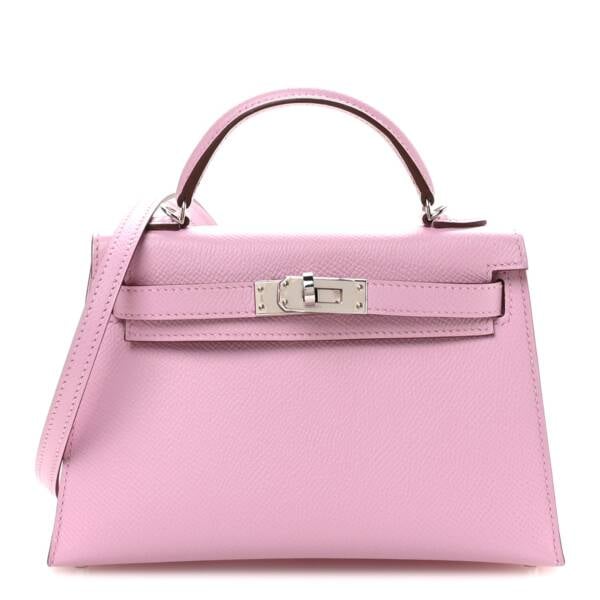
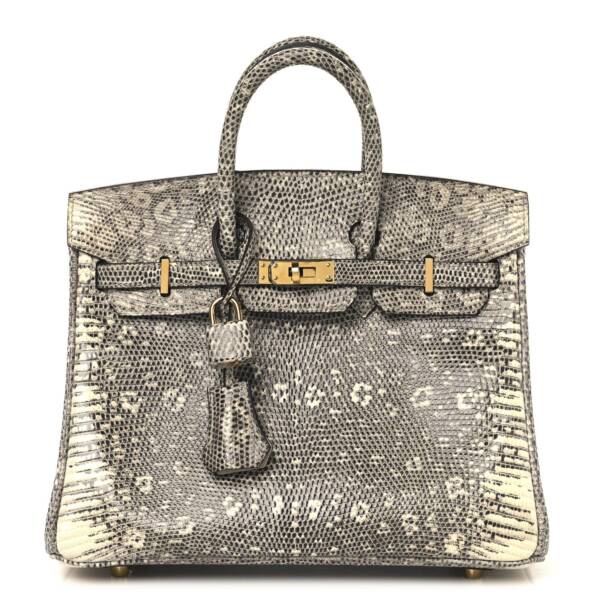
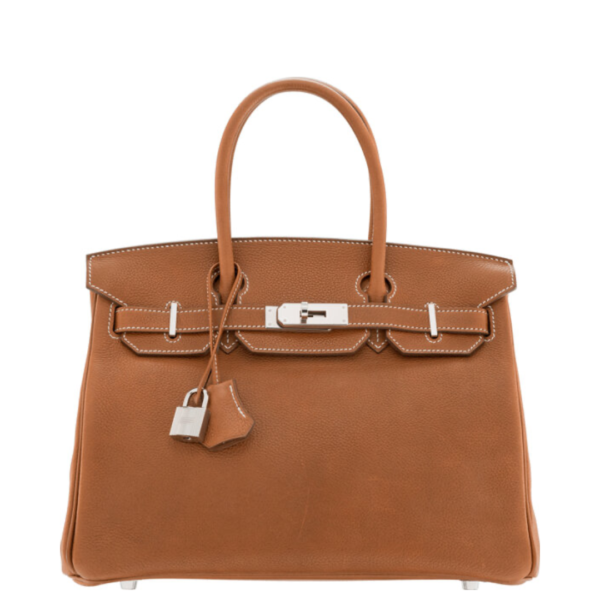
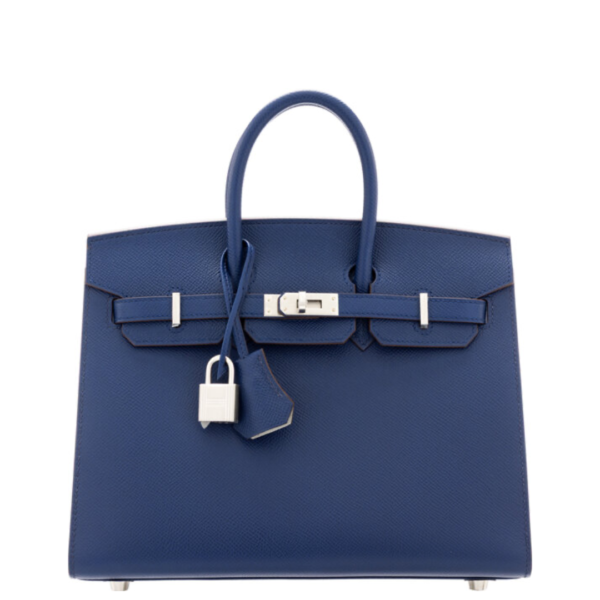
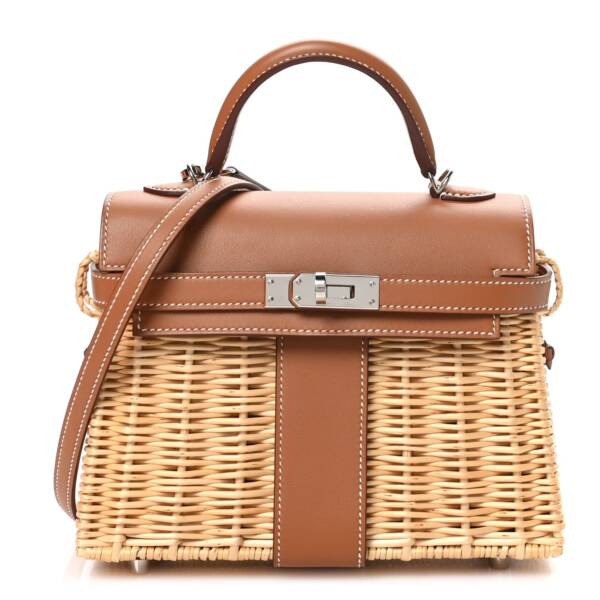
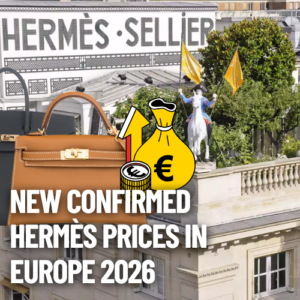
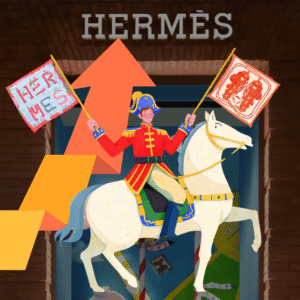
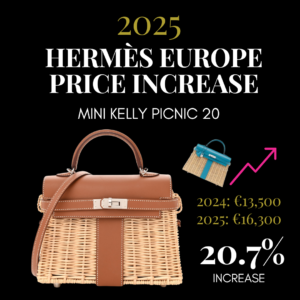
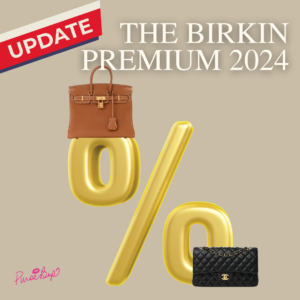
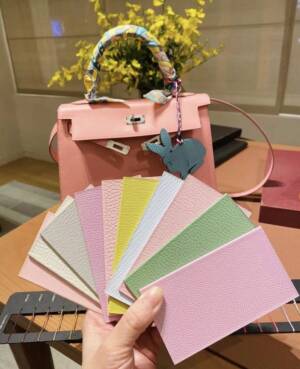
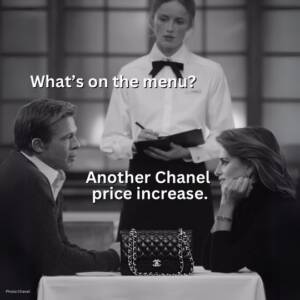



Comments